Fern ID and is it a perennial?
User
2 years ago
Featured Answer
Sort by:Oldest
Comments (46)
Related Discussions
Have: Native ferns, and perennials
Comments (10)Hi Erin08, I would love to trade for some of your hostas: Lunar orbit, midwest magic allegan fog, blue dimples and/or whirlwind. Please check my trade list and I have the following dl's available right now: Siloam Paul's suprise, Barbara Mitchel, Super double delight, Gold spider, Pardon Me, and artic snow. I made a post today with some hostas and other things too if you care to check that. Thanks, Catrina...See MoreHAVE: Various perennials-Heliopolis liriope hostas ferns etc
Comments (1)Sending you an email....See MoreAnother fern ID - very common fern
Comments (2)Looks like it could be Cinnamon fern. If so, they will send up a center frond that turns golden (it is the fertile part). If you can see spores on the backs of the fronds, then it is not Cinnamon fern....See MoreFern ID- spiky black stemmed fern
Comments (1)Hi there! My guess is that it's a variety of Pteris cretica - there are numerous spore-raised forms. We're fortunate to be able to grow them outside here most winters. Have a look at: http://lh6.ggpht.com/juliaheathcote/SLWTZ3SBttI/AAAAAAAAQ5s/ip63La7hR-A/s400/DSCN2074.JPG - it does look similar. What do you say? Maurice....See MoreUser
2 years agolast modified: 2 years agoperen.all Zone 5a Ontario Canada
2 years agolast modified: 2 years agoUser thanked peren.all Zone 5a Ontario CanadaUser
2 years agoken_adrian Adrian MI cold Z5
2 years agoUser
2 years agolast modified: 2 years agoUser
2 years agoUser
2 years agoUser
2 years agoUser
2 years agoUser
2 years agoUser
2 years agoUser
2 years agolast modified: 2 years agoUser
2 years agolast modified: 2 years agoUser
2 years agoUser
2 years agoshaxhome (Frog Rock, Australia 9b)
2 years agolast modified: 2 years agoUser thanked shaxhome (Frog Rock, Australia 9b)User
2 years agoBillMN-z-2-3-4
last yearfloral_uk z.8/9 SW UK
last yearlast modified: last yearBillMN-z-2-3-4
last yearBillMN-z-2-3-4
last yearfloral_uk z.8/9 SW UK
last yearBillMN-z-2-3-4
last yearfloral_uk z.8/9 SW UK
last yearperen.all Zone 5a Ontario Canada
last yearBillMN-z-2-3-4
last yearDave in NoVA • N. Virginia • zone 7A
last yearlast modified: last yearcnygardener
last yearfloral_uk z.8/9 SW UK
last yearlast modified: last yearDave in NoVA • N. Virginia • zone 7A
last yearBillMN-z-2-3-4
last yearlast modified: last yearBillMN-z-2-3-4
last yearBillMN-z-2-3-4
11 months agoBillMN-z-2-3-4
7 months agolast modified: 7 months agoperen.all Zone 5a Ontario Canada
7 months ago
Related Stories
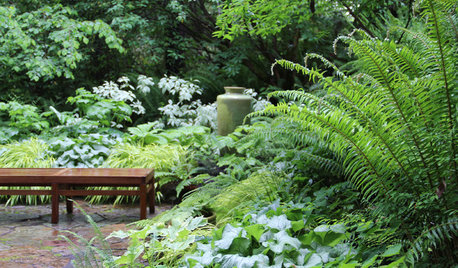
GARDENING GUIDESGreat Design Plant: Western Sword Fern Adds Prehistoric Drama
For distinctive looks and easy care in a shade garden, go for North American native Polystichum munitum
Full Story
GARDENING GUIDESTop 12 Summer-Blooming Perennials for Deer-Resistant Drama
Can you have garden color, fragrance and exciting foliage with hungry deer afoot? These beauties say yes
Full Story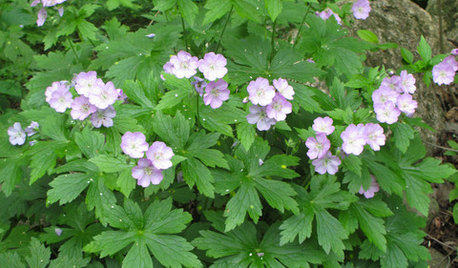
NATIVE PLANTS10 Essential Native Perennials for the Great Lakes and Upper Midwest
These adaptable native plants thrive in a variety of conditions and will provide flowers throughout the season
Full Story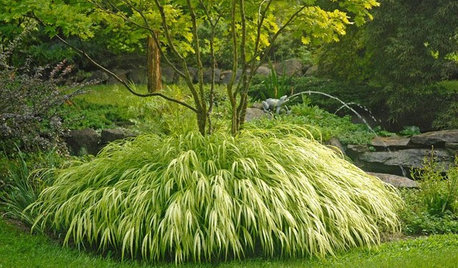
PRODUCT PICKSGuest Picks: 20 Gorgeous Perennials to Plant Now
Take advantage of warm spring weather to create a colorful garden with blooming plants, succulents and ornamental grasses
Full Story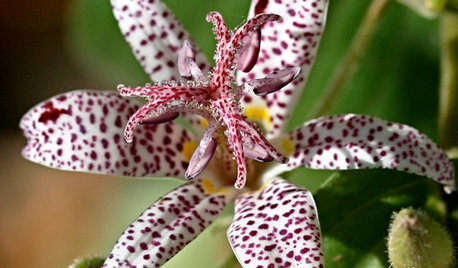
SUMMER GARDENING10 Perennials to Extend Your Garden's Summer Color
Revive summer-weary gardens with outstanding late bloomers such as toad lily, Russian sage, blanket flower and more
Full Story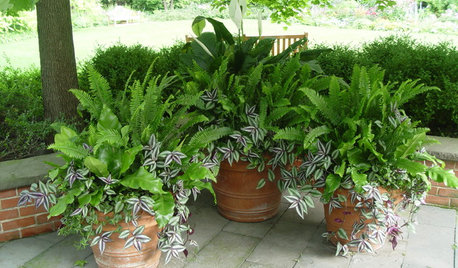
GARDENING GUIDES7 Fabulous Shade-Loving Ferns for Containers
Shade-loving ferns can add color and texture to your container designs
Full Story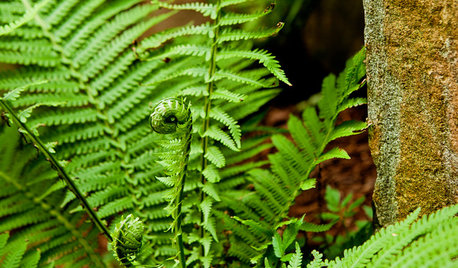
GARDENING GUIDESGreat Design Plant: Ostrich Fern (Matteuccia struthiopteris)
Try this giant among ferns for a showstopping sight in a shady or even somewhat sunny woodland garden
Full Story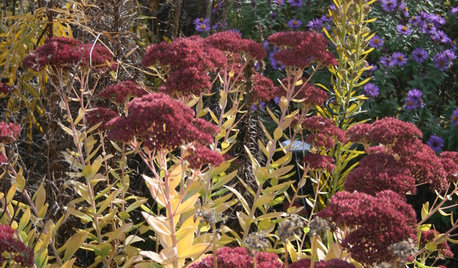
GARDENING GUIDES8 Perennials for Great Fall Color
Trees haven't cornered the market on autumn splendor. Add these flowering perennials for a foliage sight to behold
Full Story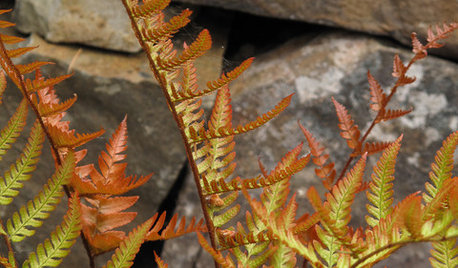
GARDENING GUIDESGreat Design Plant: Autumn Fern Adds Color All Year
Use this evergreen, easy-care fern for soft texture and coppery tints in container gardens and the landscape at large
Full Story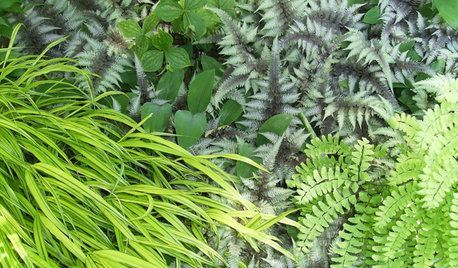
GARDENING GUIDES6 Fantastic Ferns to Enliven Shady Garden Spots
For long-term interest with little upkeep in challenging conditions, ferns might just be your garden's new best friend
Full Story



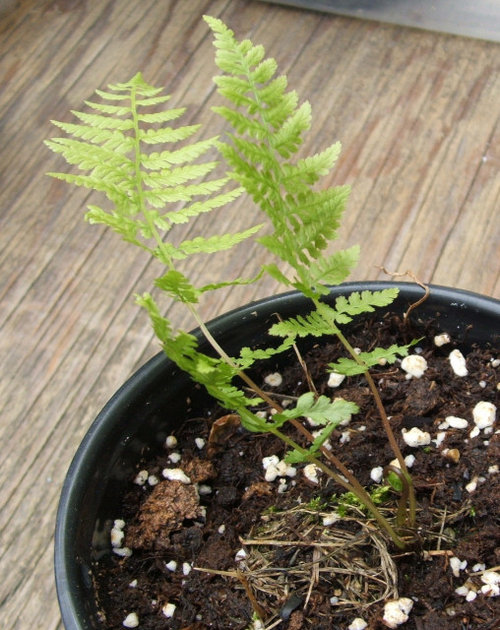






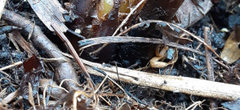


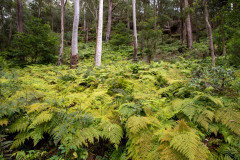

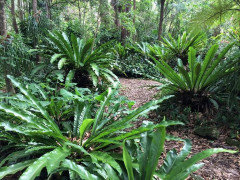




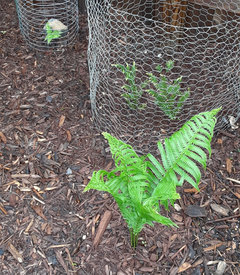





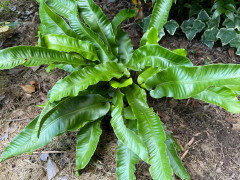






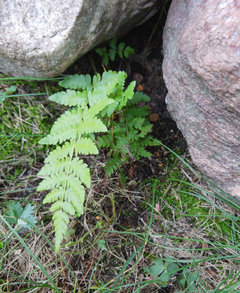
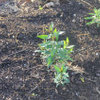

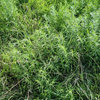

floral_uk z.8/9 SW UK